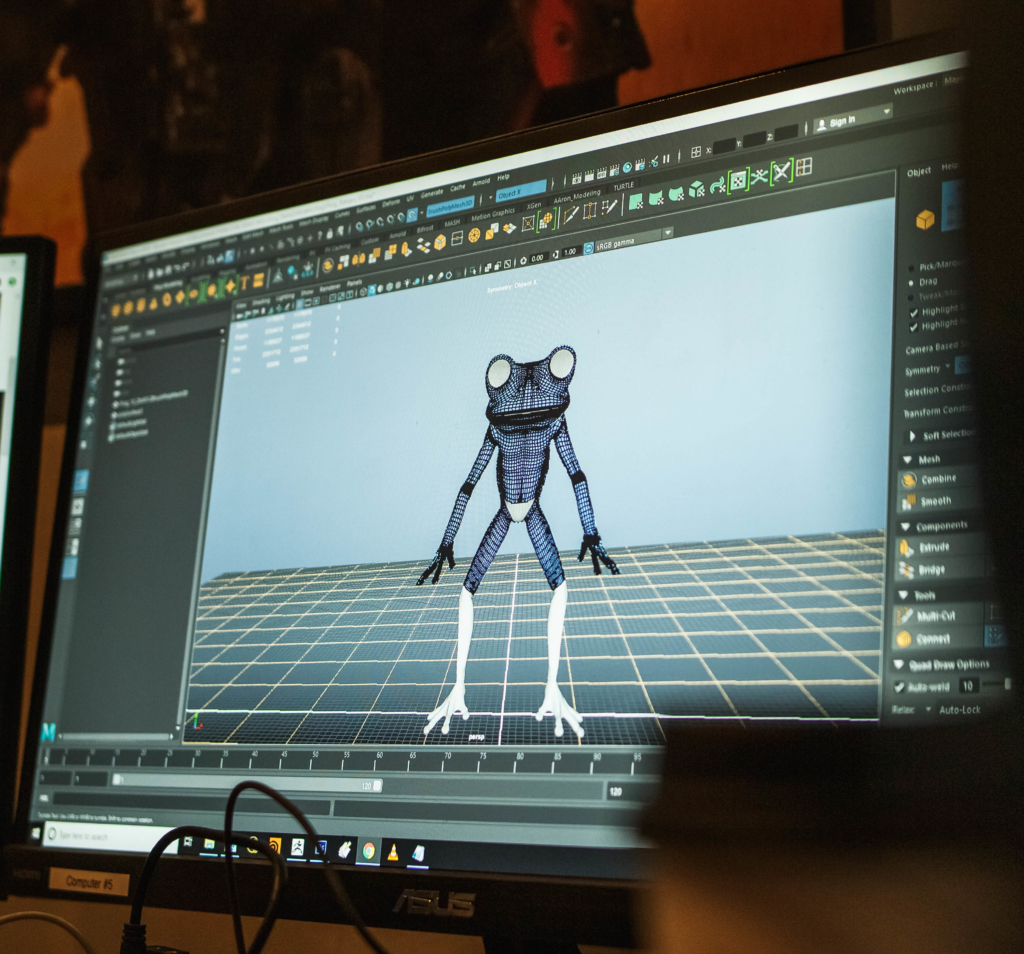What is the Difference Between 2D and 3D Animation?
Wondering what is the difference between 2D and 3D animation? We have the answers to all of your questions!
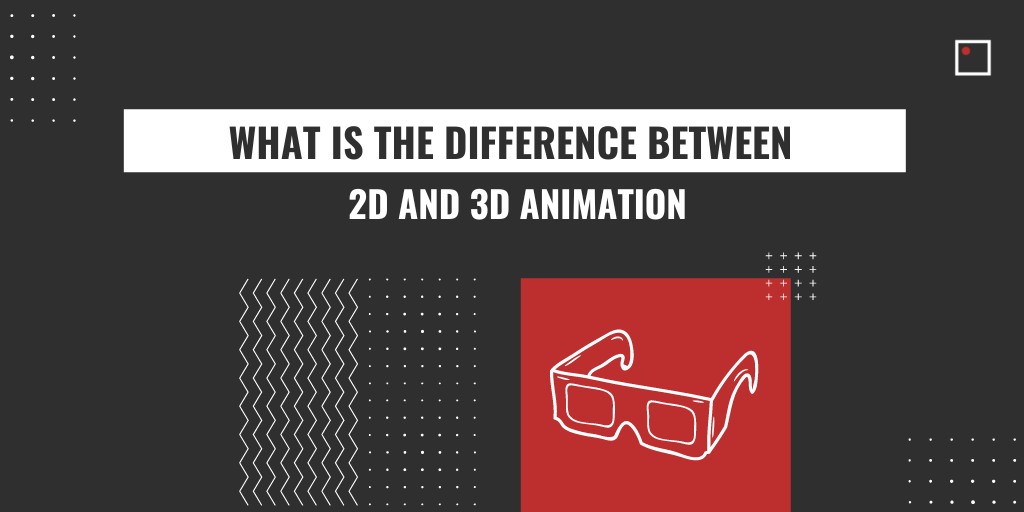
By: Sophia Lin
Animation sits at a unique position in the film industry. As one of the few fields to have astronomically advanced in the past few decades, it also holds the record as one of the fastest-growing disciplines. Valued to be a billion-dollar industry, animation’s storytelling can exceed the constraints of reality. Creating the fantastical, the magical, and the out-of-this-world is just another day at work in the world of animation.
It’s important to keep in mind, though, animation is just an umbrella term for the viewing of stills in sequence. For those looking to learn more or get into the industry, it’s crucial to get to know the two main disciplines: 2D and 3D animation. Respectively complex and in-demand in their own ways, there are a plethora of similarities and differences between the two. And there’s no doubt that differentiating between them might bring about some head-scratching questions. Which one should you choose? What is better? Is one easier or harder?
Well, we’re here to boil it down for you. We’ll dissect the ins and outs of both 2D and 3D animation, from the concepts behind the work to the day-to-day processes of animators. From there, we’ll discuss difficulty and suitability, and finish off with top-of-the-line softwares and platforms for animators of every level.
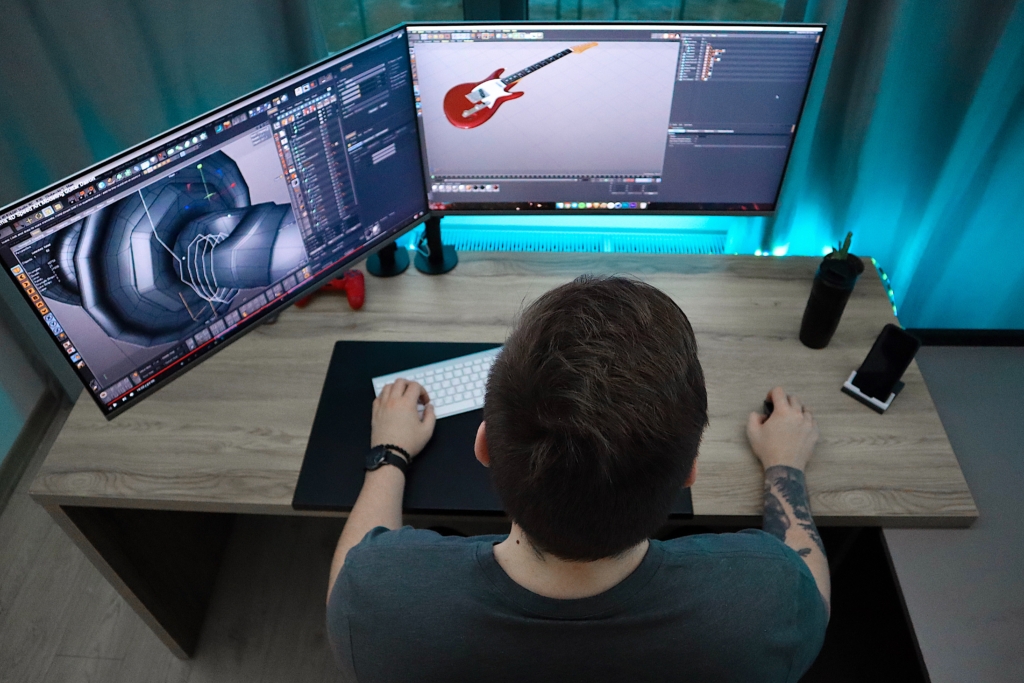
What is Animation?
Despite all the technological advancements, the concepts at the heart of animation have never changed. Animation involves rapidly displaying still images in sequence. Each image differs slightly from the one before, and when they appear quickly in succession, it creates movement. Most often, the frames go by at a rate of 24 frames per second, closely mirroring the speed of movement that we perceive in real life.
The most basic form is the classic stop-motion animation, in which objects are moved in small increments and photographed between each change. These days, animation is digitized, spanning a variety of techniques from keyframing to simulation.
What are the Differences Between 2D and 3D Animation?
2D animation is vector-based, and as its name suggests, characters and environments are created only in a two-dimensional space. Width and height are the only qualities a 2D animator needs to draw. Rather than pixels, 2D animation uses vectors—pathways with start and end points that are connected by lines.
In 3D animation, characters and environments are three-dimensional. Animators use pixels and work to give objects weight and timing. Sometimes, blueprints are created from scanning real-world physical objects. For the most part, 3D animation tends to overlap with the VFX pipeline as well.
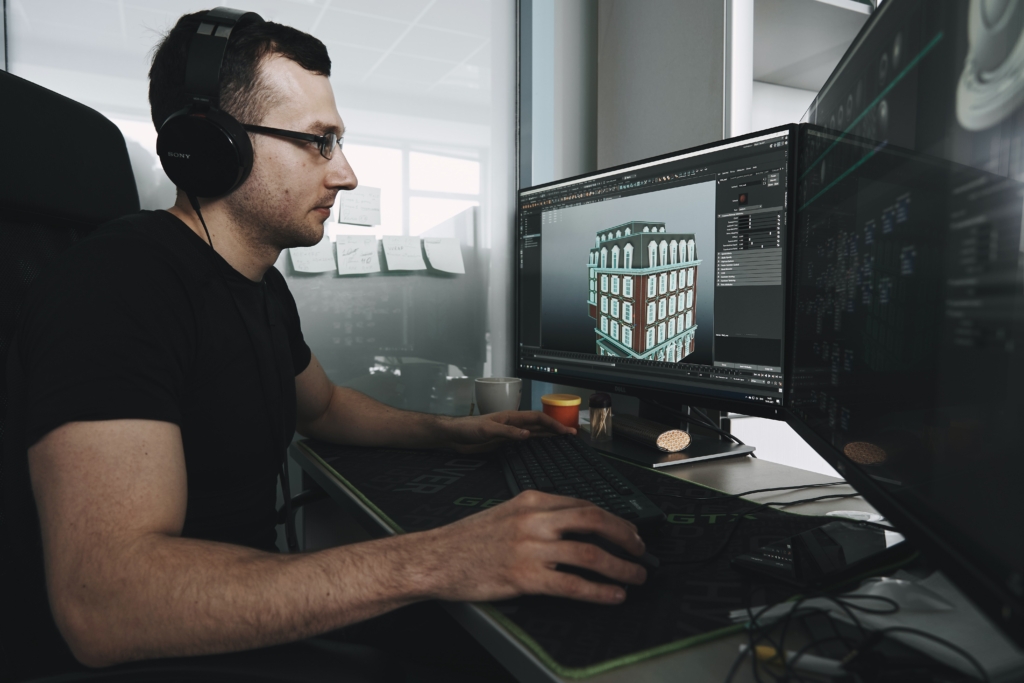
What are the Similarities Between 2D and 3D Animation?
The core concepts of 2D and 3D animation are the same: they both place characters and objects into a space and manipulate them to create the illusion of motion. Both disciplines are often computerized and require a great deal of detail-oriented work. All animators working in 2D and 3D must study the principles of motion to convincingly fabricate realistic-looking movements.
Beneath the surface, there are even further similarities.
2D animation is broken down into the 3 stages of pre-production, production, and post-production:
Pre-production builds the foundational pieces. Making storyboards, designing characters, and recording voice-overs make up most of this process.
Production is the central stage, when 2D animators gather the materials they have prepared and make the rough animations. This includes inbetweening, colouring, painting, and tracing.
Post-production simply enhances what’s already been done, adding sound effects and score, before finally rendering the animations.
3D animation is also composed of 3 main phases: modeling, layout and animation, and rendering:
Modeling is the preliminary mapping of an object, using points, lines, and curves to create an approximation of the final shape. Just like in 2D animation pre-production, this stage assembles the foundational pieces of characters, scenes, and objects.
Layout and animation is likewise the central stage of the 3D animation process, and is exactly what it sounds like. Models are positioned and animated into scenes, followed by keyframing or motion capture.
Rendering, just like in 2D animation post-production, creates the finished images.
These are all skills that are needed for working at a 3D animation studio. Learn more about how to get hired at a 3D animation studio and the top 10 entry-level 3d animation jobs.
Which Is Harder, 2D or 3D Animation?
Neither is definitively harder or easier — it simply depends on an animator’s strengths and interests! 3D animation typically requires rigging, demanding a slightly more interdisciplinary set of skills. Animating an additional dimension and maintaining realism on all fronts are some of the considerations to attend to as well. This is why sometimes having an instructor lead you in your 3D animation journey is helpful when getting started.
On the other hand, 2D animators must familiarize themselves with a variety of strategies too. Losing one dimension means that it can be trickier to achieve natural-looking motion, and as a result, it often demands a closer understanding of anatomy and physics. Inbetweening, which means creating additional drawings between each frame, is another such method commonly used in 2D animation.
Should I Learn 2D or 3D Animation? Which is Better?
As art forms, neither one is better than the other. There are, however, differences in where and how each is used, an important consideration interest-wise. 2D animations are used in social media content creation, such as short-form videos, infotainment, online advertising, and explainer videos. In the pre-Internet days, 2d animations were predominantly used in cartoons and that still continues today.
On the flip side, 3D animators work is most often seen in movies, TV, and video games. From an industry stance, though jobs are plentiful in both fields, 3D animation is on the rise more so than 2D. Nevertheless, 2D animation boasts a few distinct advantages too. Its biggest plus is that it’s cost-effective, demanding fewer platforms and with more manual, artistic work.
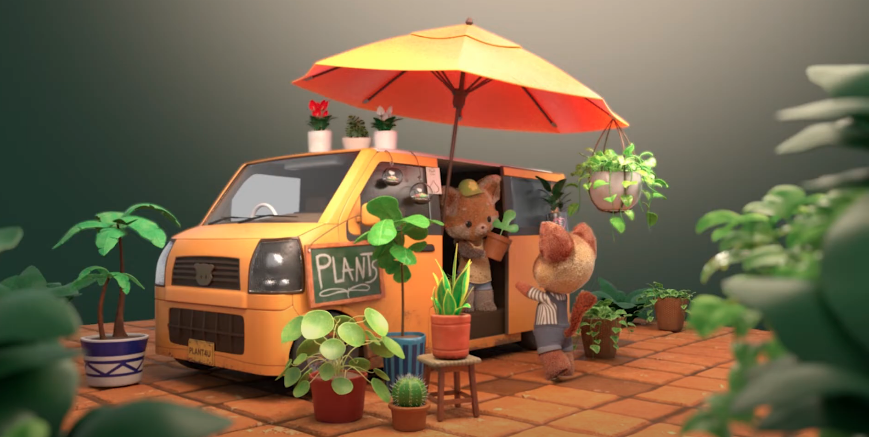
Why is 3D Animation More Popular?
For many, it’s simply a matter of the heightened realism that can be created with 3D animation. This enhances its versatility, enabling 3D animators to work in a variety of media. For instance, live-action movies can be smoothly combined with elements of 3D animation. Its overlap with VFX, another burgeoning field, boosts its popularity as well. In our increasingly complex digital landscape, 3D animation might be the better option if you are wanting to work in film and television. At this 3D animation school, you will learn everything there is to know about 3D animation for film and television.
If I Want to Learn Both, Should I Learn 2D Animation or 3D Animation First?
Some say that more artistic minds choose 2D animation, while more technical minds choose 3D animation. It’s short and sweet, but when it really comes down to it, there are a myriad more factors in play. Both disciplines involve a wide-ranging set of skills, and your interests could pull you in many directions. So the best advice? Try them both.
Firsthand experience — and even just working on a couple animations — effortlessly guides you through the tasks. It’s the best replica of a day in the life of an animator there is! From there, take note of what draws your eye, what spurs your imagination, and what makes the time slip, slip away.
Check out our step by step guide for beginners on how to learn 3D animation to see how you can get started!

What 2D and 3D Animation Resources Are Out There?
Before you go out there, we assembled a handy list of animation software and platforms to help you dip your toe into the field. If you want to learn quickly, 3D animation schools are another excellent launching pad. They give you the resources you need always at your disposal. This means the sooner you can break into the industry and get animating!
2D Animation Software & Resources
Toon Boom Harmony is the industry-leading software. It has all the features a 2D animator will ever need, from compositing to deformers, but is on the pricier side.
Adobe After Effects is part of Adobe Creative Cloud. It’s the industry-standard visual effects and graphics software, with high-quality 2D animating functions.
Pencil 2D is an open-source, free software with a minimalistic user design. It works with both raster and vector, and hails as one of the most commonly used softwares.
The Animation Magazine is an online publication, featuring news, technology, events, and business pertaining to the animation industry.
OpenToonz is another open-source and free software great for both student and professional animators. This software was also used in some Studio Ghibli cuts!
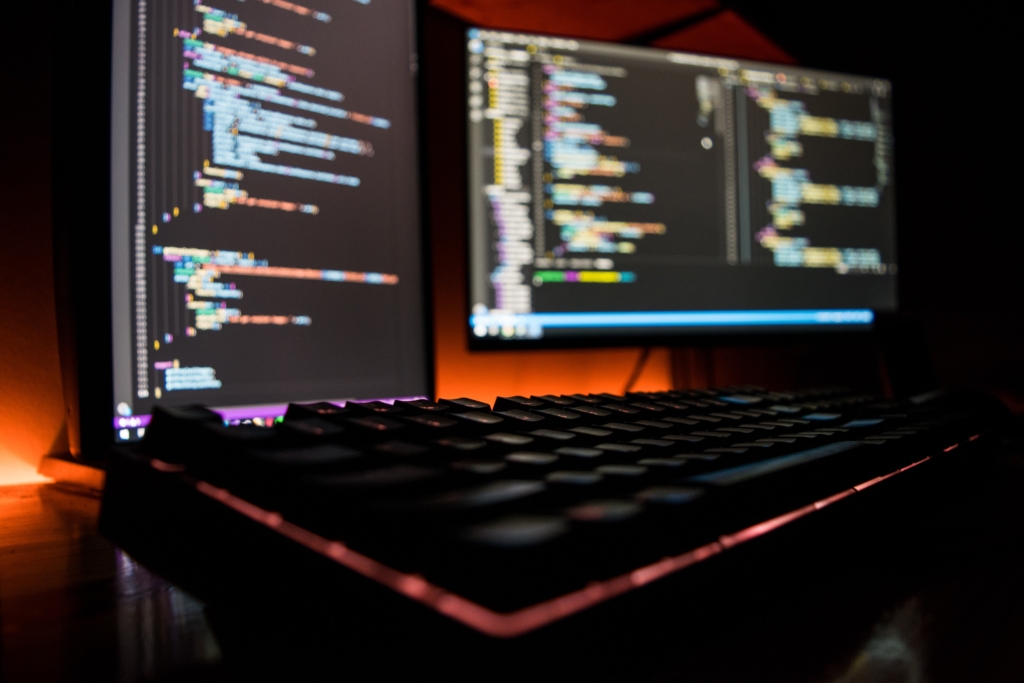
3D Animation Software & Resources
Autodesk Maya is the industry-leading software. It boasts functionality from explosions to cloth simulation — but be sure to note that it is one of the priciest platforms out there.
The Animator’s Resource Kit is a site focusing on 3D animation that includes anything from a job spreadsheet to an animator’s survival kit, all free to access!
Animate, also in Adobe Creative Cloud, allows animation of just about anything. It supports multimedia interests and enables users to publish to any platform.
Blender is an open-source, free software offering a 3D graphics creation suite. It includes animation and rigging tools, as well as an array of modelling tools.
Animation World Network is a journalistic culmination of all things animation, with both digital and print options. Commercial releases and advice from industry experts are just a few of the headlines.
Forums & Networks
Animators’ Reddit is an online forum that keeps users anonymous and features discussions from animators of all disciplines around the world.
Unity Forum: Animation is an accessible hub of online discussion. Its format is question-answer based, with anonymity for users as well.
The Internet Animation Database is an animator-specific compendium that focuses on gathering animation information and research, along with a frequented discussion channel.
The Animation Cafe is a safe space for questions and debate on aspects of the animation industry. Many experienced professionals pitch in, making it a valuable destination for insight into the art and business of animation.
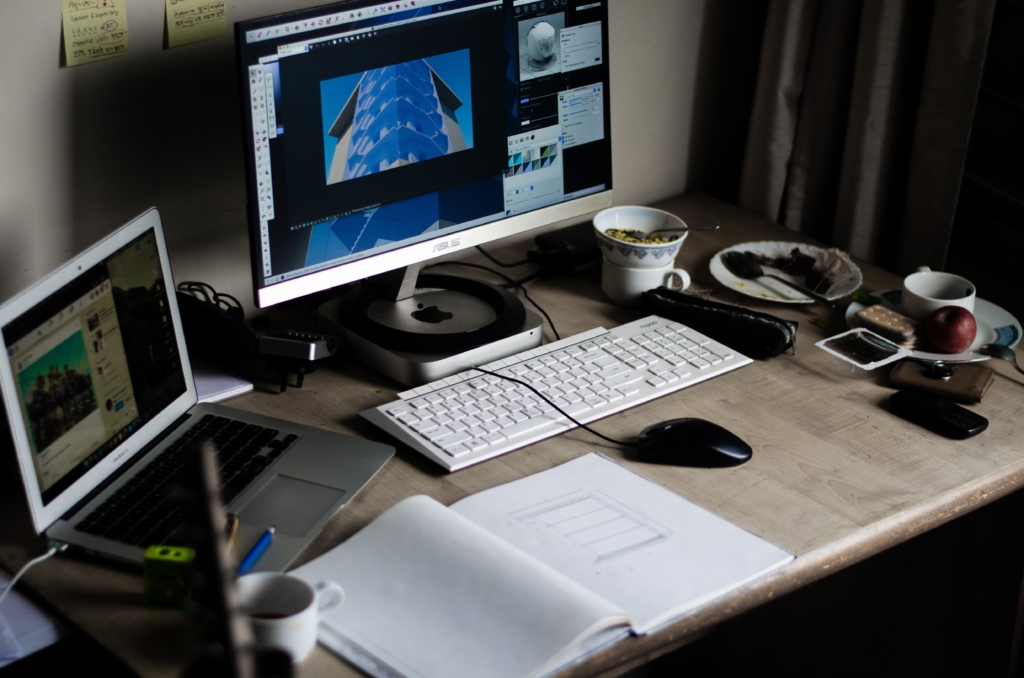
Conclusion
At the end of the day, 2D and 3D animation each have their particular processes and demands, with differing pros and cons depending on who you are! Some might take pleasure in the fine-grain work of inbetweening in 2D, while others are ready to mix in some motion capture with their days at the drawing board.
So, the name of the game is to follow your interests. Dip you toes into 3D animation courses. Try both 2D and 3D animation, and take a stab at each of the phases along the way. In short, explore, explore, explore! Then you’ll know when you’ve found the one.
Related Articles:
3D Animation Training for Beginners

